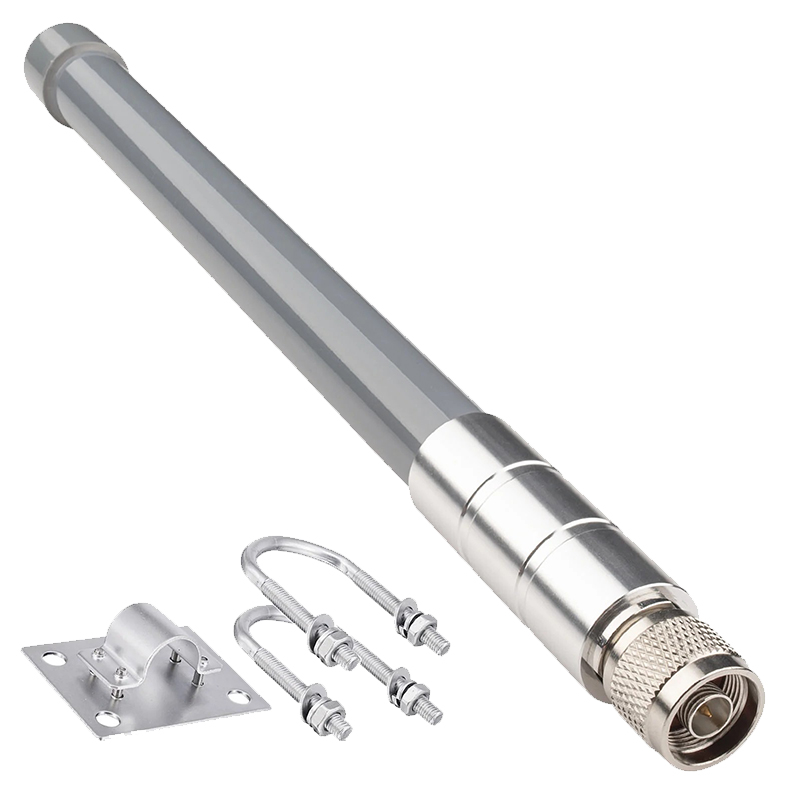- Home
- Service
- Product Center
- Application
- About Us
- Videos
- News
- Contact Us
2025-01-14 14:48:49
Introduction to The Principles of Fiberglass antenna

Description of fiberglass antenna
A lightweight, high-strength antenna, fiberglass is frequently used in broadcasting, wireless communication, aerospace, and other industries. It is typically composed of Glass Fiber Reinforced Plastic (GFRP). The benefits and operation of fiberglass antennas will be explained in this article.
Principle of Operation
Fiberglass Antennas operate on the basis of the emission and reception of electromagnetic waves. Electromagnetic waves cause currents to flow through the fiberglass antenna's conductive components, including metal wires or sheet conductors. The electromagnetic field created by this current is then converted into radio waves that are released into the surrounding area.
Fiberglass antennas can be shaped and oriented to send and receive signals in particular polarization modes or frequency ranges. For instance, planar antennas are appropriate for sending and receiving horizontally polarized signals, but cylindrical antennas are frequently employed for sending and receiving vertically polarized signals.
Benefits of use Fiberglass Antenna
Lightweight: Fiberglass antennas are lighter than conventional metal antennas since they are composed of fiberglass-reinforced plastic. This lessens the strain on buildings and support structures in addition to making the antennas easier to transport and install.
High Strength: Its great strength and stiffness, fiberglass materials enable the antennas to remain stable under extreme weather conditions like wind and earthquakes. Fiberglass antennas are more suited to a variety of operating conditions than metal ones.
Corrosion Resistance: Fiberglass materials can efficiently withstand corrosion, moisture, acid, and alkali, extending the antennas' service life. Fiberglass antennas show considerable benefits, especially in corrosive settings like industrial pollution zones and maritime locations.
Insulation Performance: Fiberglass Antenna is a superior insulator, it may better separate the antenna from the support structure's grounding system. This lessens the possibility of electromagnetic waves radiating in unwanted directions and intermodulation interference when the antenna is operating.
Design Flexibility: To satisfy certain engineering specifications, fiberglass antennas may be created and produced in a range of sizes and forms. Because of this, fiberglass antennas are a great option for a variety of application situations and frequency ranges.
Summary
The benefits of fiberglass antennas—lightweight, high strength, corrosion resistance, insulating performance, and design flexibility—make them crucial for wireless communication and broadcasting. Fiberglass antennas will continue to be used and developed in a variety of industries due to technological improvements and rising demand.